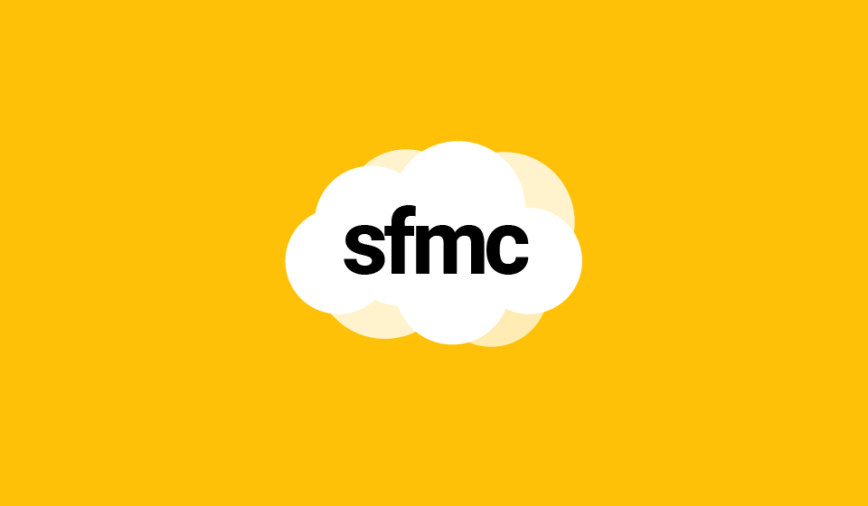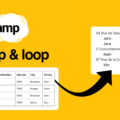Ever wondered how to get super personal with your customers? How to craft experiences that feel like they were designed just for them? Then you need to make sure you are segmenting customers efficiently.
Think of segmentation as the key to unlocking a treasure trove of customer insights. By grouping your audience into distinct categories based on shared characteristics, you gain a bird’s-eye view of their preferences and behaviors. This, in turn, lets you craft targeted journeys that resonate deeply.
The 4 ways of segmenting your data
We’re diving into the four main types of segmentation – understanding these will be the first step in crafting successful customer experiences.
1. Demographics: Knowing Your Audience’s Basics
This is a segmentation classic, and for good reason. Demographics help you understand the foundational who, what, and where of your customers. Imagine you’re a bank – you wouldn’t send retirement plan brochures to your 20-something audience, right? Likewise, a shoe brand wouldn’t bombard men with women’s fall collections.
Here’s a cheat sheet of common demographic factors:
- Age
- Gender
- Income
- Location
- Family situation
- Job title
- Education
These work wonders for B2C segmentation, but what about B2B?
Let’s say you’re a car rental company with a fleet of Audis. You will want to target larger companies and zoom in on executives in organizations with over 200 employees. Here are some B2B-specific elements:
- Company size
- Industry
- Job function
2. Behavioural: Finding Out Customer Habits
You can go even further and create more narrow segments by analyzing customer behavior data, you can predict future actions and tailor experiences accordingly. Here’s what we can track:
- Purchasing habits (frequency and amount)
- Spending habits
- User status (newbie or pro?)
- Brand interactions (how often do they engage?)
- Tech preferences (mobile-first or desktop devotee?)
- Product choices (what are they drawn to?)
- Website and store visits
- Customer service interactions
- Event attendance
Imagine you’re a retailer who can identify customers who consistently buy winter jackets. Based on their purchase history, you can send them personalized offers for the upcoming season. Or, if your data shows your audience is primarily mobile, then excluding any big-screen advertisments and focusing exclusively on mobile marketing willl save you money and boost sales!
3. Geographic: Location, Location, Location!
Where we live and work significantly impacts our buying decisions. Most businesses have a treasure trove of geographic data – think newsletters, coupons, apps, quizzes – the list goes on! The key is to analyze this data and craft targeted campaigns. Plus, geographic segmentation is one of the easiest to implement.
Here are some location-based factors to consider:
- Continent
- Country
- Region
- City
- District
Let’s get a better understanding with some examples:
John lives near a Lemon Chicken Wings joint. They know he recently ordered their wings from another location. So, right before lunchtime, they send him a targeted email with a Google Maps link: “Hey John, craving wings again? We’re just 3 minutes away, and if you get here before noon, your second order is FREE!”
Or imagine you’re an international clothing brand looking to expand your reach. Data reveals your products are a hit in the UK. So, you create targeted content specifically for your .co.uk audience. That’s an easy way to take advantage of geographic segmentation.
4. Unveiling Your Audience’s Personality
This is the most intriguing (and arguably, most subjective) type of segmentation. Here, you delve into your audience’s personalities, interests, values, and lifestyles.
Here’s what we can uncover:
- Interests
- Attitudes
- Values
- Lifestyle
- Personality traits
- Psychological influences
- Beliefs (conscious and subconscious)
- Motivations
- Priorities
Unearthing these requires careful research, data analysis, and a healthy dose of interpretation. It’s not a straightforward process like the others, but the rewards are huge.
Example:
What you wear, eat and drink can tell a lot about you. Let’s say John ordered a vegan cookbook, yoga mat and herbal-tea from Amazon.
This person might also be interested in fumes, chakra tapestry, gemstones, meditation pillows or organic (no glycerin) toothpaste. From there, you can also guess this person cares about his health and sleeps early.
Keeping in mind these when creating segmentation in SFMC can help you create better customer journeys and boost success.
Conclusion
Effective customer segmentation is the key to creating personalized experiences that feel like it was tailor-made for each individual. These personalized experiences are more likely to convert your audience thanks to hyper relevance. By understanding demographic, behavioral, geographic, and psychographic factors, you gain deeper insights that allow you to create highly targeted customer journeys. To learn how to implement segmentation in Salesforce Marketing Cloud, check out our in-depth guide.


